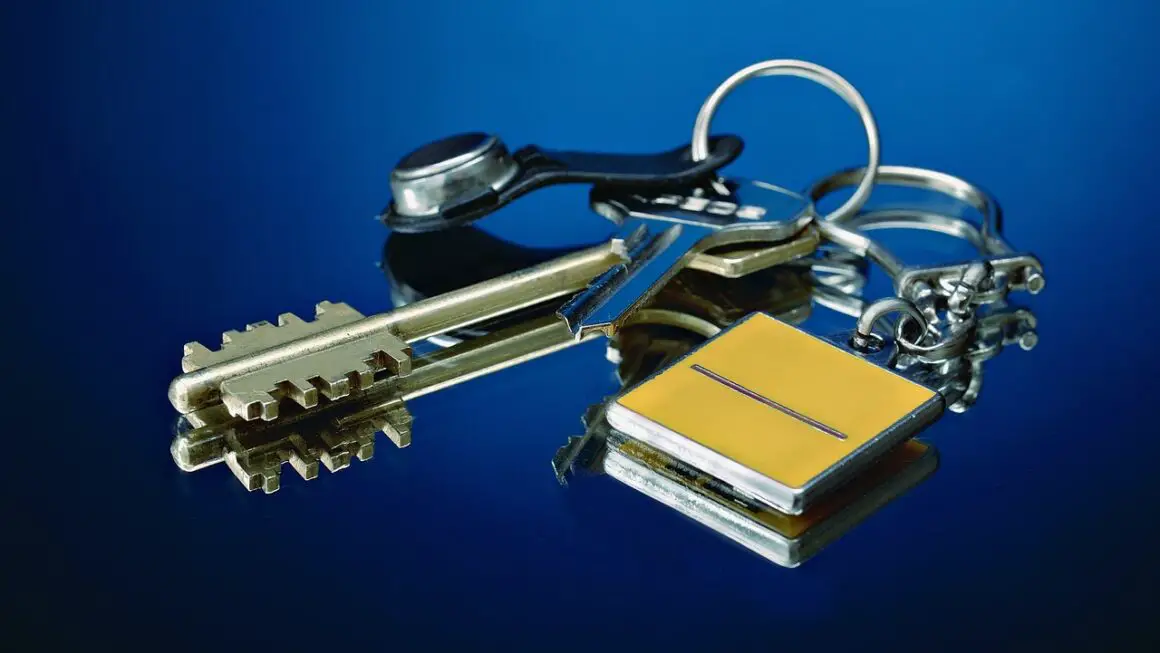Navigating the aftermath of an unexpected event, whether it’s a car accident, a home disaster, or a business interruption, can be stressful. Understanding the claims process is crucial to ensuring you receive the compensation you’re entitled to and minimizing the hassle during a difficult time. This comprehensive guide will walk you through the various stages of a typical claims process, providing practical insights and actionable advice to help you navigate it successfully.
Understanding the Initial Steps in Filing a Claim
Reporting the Incident
The first and arguably most crucial step is promptly reporting the incident to the relevant party, typically your insurance company. Delaying this can complicate the process and potentially jeopardize your claim.
- Example: If you’ve been involved in a car accident, immediately contact your auto insurance provider and the police, if necessary.
- Key details to include:
Date, time, and location of the incident
A detailed description of what happened
Names and contact information of all parties involved (witnesses, other drivers, etc.)
Policy number
Photos and videos of the scene, if possible.
Gathering Documentation
Comprehensive documentation is the cornerstone of a successful claim. The more evidence you provide, the smoother the process will be.
- Types of documentation:
Police reports
Medical records and bills
Photos and videos of damage
Repair estimates
Witness statements
Proof of ownership (e.g., receipts, titles)
Insurance policy documents.
- Example: For a home insurance claim due to water damage, gather photos of the damage, receipts for any emergency repairs you’ve made, and documentation of the damaged belongings.
Understanding Your Policy
Familiarize yourself with the terms and conditions of your insurance policy. Pay close attention to:
- Coverage limits: The maximum amount your insurer will pay.
- Deductibles: The amount you’re responsible for paying before the insurance covers the rest.
- Exclusions: Situations or events that are not covered by the policy.
- Deadlines: Timeframes for filing claims or providing documentation.
- Actionable Takeaway: Before an incident occurs, take time to review your policy and understand its key provisions. This can save you time and stress later.
The Insurance Company’s Investigation
Claims Adjuster Assignment
Once you’ve filed a claim, the insurance company will assign a claims adjuster to investigate. This person serves as the primary point of contact throughout the process.
- The adjuster’s role:
Reviewing your claim and supporting documentation
Conducting an investigation of the incident
Evaluating the extent of damages
Negotiating a settlement
Approving or denying the claim.
Investigation and Assessment
The claims adjuster will thoroughly investigate the incident to determine its cause and assess the extent of the damage. This may involve:
- Interviewing you and other parties involved: Be honest and consistent in your statements.
- Inspecting the damage: The adjuster may physically inspect the property or vehicle.
- Obtaining expert opinions: In complex cases, the adjuster may consult with engineers, contractors, or other specialists.
- Reviewing records: Police reports, medical records, and other documents will be scrutinized.
Communicating with the Adjuster
Maintain open and consistent communication with the claims adjuster. Respond promptly to their requests and provide any additional information they need.
- Tips for effective communication:
Keep a detailed record of all communication, including dates, times, and topics discussed.
Ask clarifying questions if you don’t understand something.
Provide all requested documentation in a timely manner.
Be polite and professional, even if you’re frustrated.
- Actionable Takeaway: Document every interaction with the insurance company. This will be invaluable if disputes arise later in the process.
Evaluating the Claim and Negotiating a Settlement
Reviewing the Adjuster’s Evaluation
After the investigation, the adjuster will provide you with a written evaluation of your claim, outlining their assessment of the damages and the proposed settlement amount.
- Understanding the evaluation: Carefully review the adjuster’s report and ensure that it accurately reflects the extent of the damage and any applicable policy provisions.
- Areas to scrutinize:
Accuracy of the damage assessment
Application of the policy deductible
Coverage of all relevant expenses
Adherence to policy terms and conditions.
Negotiating a Fair Settlement
If you disagree with the adjuster’s evaluation, you have the right to negotiate a fair settlement.
- Strategies for negotiation:
Present counter-evidence to support your claim.
Obtain independent estimates from contractors or other professionals.
Cite relevant policy provisions.
Be prepared to compromise, but don’t settle for less than what you’re entitled to.
- Example: If the adjuster’s estimate for repairing your car is significantly lower than the estimates you’ve received from local auto body shops, provide the adjuster with copies of your estimates and explain why you believe they are more accurate.
Mediation and Appraisal
If negotiations stall, consider mediation or appraisal.
- Mediation: A neutral third party helps you and the insurance company reach a mutually agreeable settlement.
- Appraisal: An independent appraiser assesses the damages and issues a binding determination.
- Actionable Takeaway: Don’t hesitate to seek professional help from a public adjuster or attorney if you feel overwhelmed or unable to reach a fair settlement on your own.
Claim Resolution and Payment
Settlement Agreement
Once you and the insurance company agree on a settlement amount, you’ll sign a settlement agreement. This legally binding document outlines the terms of the agreement and releases the insurance company from further liability.
- Reviewing the agreement: Carefully review the settlement agreement before signing it to ensure that it accurately reflects your understanding of the terms.
- Key provisions:
Settlement amount
Payment schedule
Release of liability
Confidentiality clause (if applicable).
Payment Processing
After the settlement agreement is signed, the insurance company will process the payment. The method of payment may vary, but typically it’s a check or electronic transfer.
- Payment timing: In most jurisdictions, insurance companies are required to process payments within a specific timeframe after a settlement is reached (e.g., 30 days).
- Reviewing the payment: Ensure that the payment amount matches the agreed-upon settlement amount.
Closing the Claim
Once you’ve received payment, the claim is typically considered closed. However, retain all documentation related to the claim for your records.
- *Actionable Takeaway: Keep copies of all documents related to your claim, even after it’s closed. This can be helpful if any future issues arise.
Conclusion
The claims process can seem daunting, but by understanding the steps involved, gathering thorough documentation, and communicating effectively, you can navigate it with greater confidence. Remember to familiarize yourself with your insurance policy, seek professional assistance when needed, and never hesitate to advocate for a fair settlement. By taking these steps, you can ensure that you receive the compensation you deserve and minimize the stress associated with the claims process.



